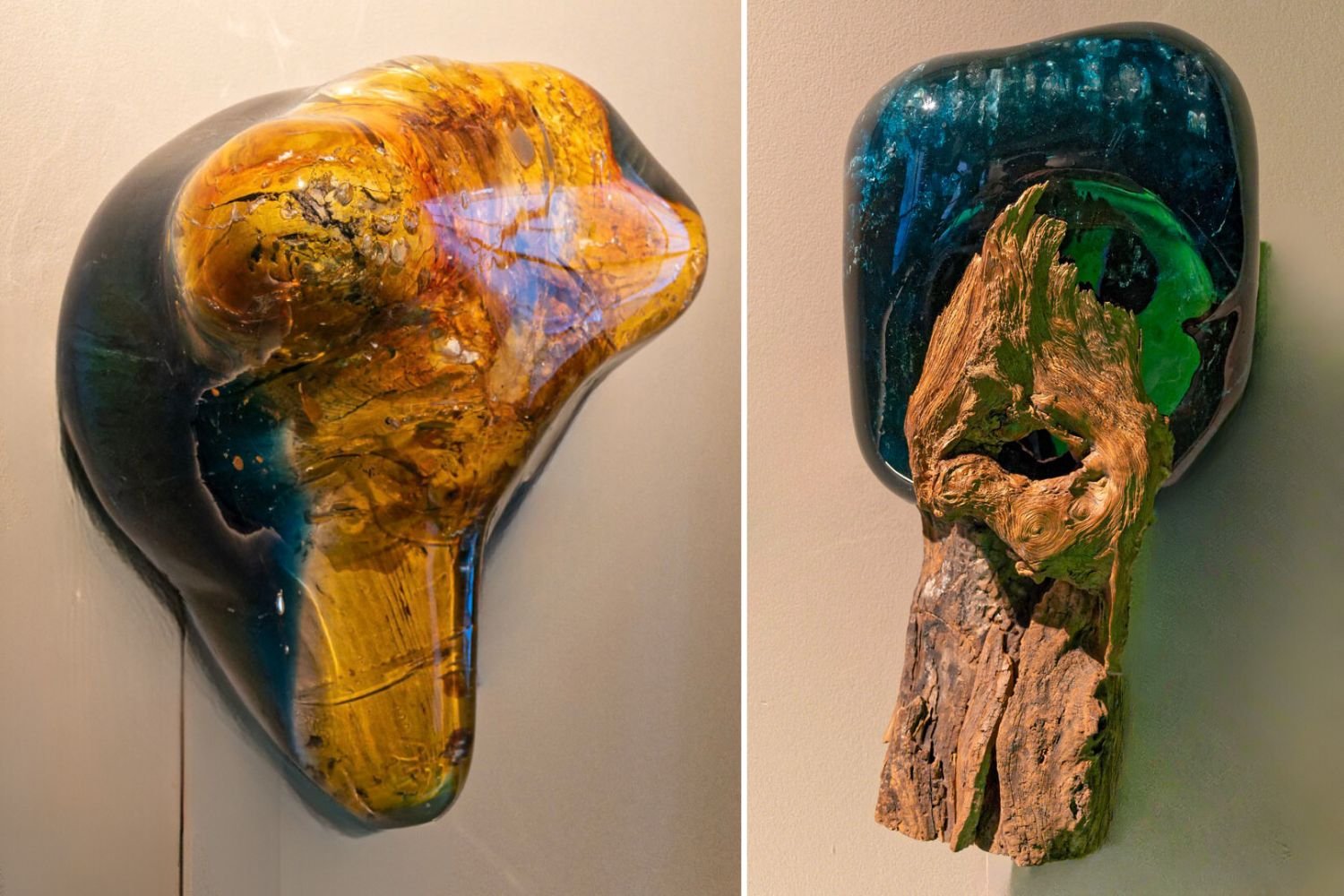Prefecture 48: Bespoke Artworks and Installation Methods
Prefecture 48 is a multi-venue hub in the Sydney CBD from Japanese hospitality group, Azabu. Prefecture 48 is a celebration of Japanese cuisine and culture. Every detail has been carefully curated by a large team of professionals, not least the artworks from several notable Japanese artists handpicked by art consultancy, Ongarato. Di Emme was brought onto the project by Buildcorp to manage the installation of the artworks in keeping with the vision of the art consultant, the architect and the artists.
Di Emme’s Mark Lovelock said the project was an exercise in problem solving and project management. “Prefecture 48 occupies a heritage-listed building, so the installations had to be acceptable to the artists, satisfy Australian building codes, and be achievable within heritage constraints. We had weekly team meetings for months to work through the installation concepts.”
“We had the artworks delivered to Di Emme for preliminary preparations,” said Mark. “Working with the artists was really special for us. Yuki Tsuji worked on his artworks with a small team of craftsmen for a week before we transported them to the site for rigging.”
In Prefecture 48, the dining areas had their own artworks and unique installation methods:
Five: Artist, Yuki Tsuji
The fine dining venue, Five, hosts a seven-metre-long timber artwork from Yuki Tsuji an artist who started his career in architecture before becoming immersed in the Japanese art of ikebana. The artwork embodies the philosophy of ikebana, creating a harmonious relationship between the natural material and the surrounding space.
Mark said, “Suspending single pieces of 1-tonne timber and resin over the dining room required careful planning and skill. One challenge was that the rigging not overwhelm the artwork. We used custom-designed steel brackets and had certified-riggers install steel cabling to the engineers’ specifications.”
“Internal lighting to illuminate resin elements inserted in the timber was specified by Electrolight and coordinated by Di Emme for final placement by the artist,” said Mark. “The artwork is awe-inspiring, and seeing it floating in the room is magical.”
Cartway: Artist, Hitoshi Kuriyama
Hitoshi Kuriyama’s artwork, Tabi Bito, occupies the heritage cartway at Prefecture 48. The artwork, comprised of fluorescent lights and glass tubes inner-coated with stainless steel powder, intertwines past and present and has been described as “transforming the heritage cartway into a portal between worlds.”
Di Emme made and suspended specified mesh frameworks from the cartway ceiling, ready for the artist to hang the assembly. Mark said, “The solution required careful CAD work, fabrication and a coordinated approach to the installation. We created access hatches in the mesh for the light drivers and we designed the brackets to fit around the heritage beams. We also assisted the artist with suspending the components till they were comfortable with the task.”
Garaku: Artist, Hiroto Yoshizoe
Spatial director and award-winning lighting designer, Hiroto Yoshizoe, developed PIXEL an architectural material inspired by bricks and traditional Japanese shoji screens. Yoshizoe’s PIXEL installation in the kaiseki venue, Garaku, incorporates a computer-controlled LED display that adds a contemporary element to the traditional dining experience. The display will change with the seasons.
Di Emme fabricated the base and surrounding framework for the PIXEL screen and installed the panels, with the artist tweaking the programming and sequencing.
Ibushi: Artist, Racso Jagarap
The artwork in the robata grill venue, Ibushi, from Filipino-Belgian wire artist Racso Jagarap is supple and organic and references the wood smoke from the grill. Di Emme designed, fabricated and installed the brackets that secure the artwork. Together with the artist, Di Emme installed the piece allowing for the smooth flow of the wirework.
Omakase: Artist, Yuki Tsuji
Omakase are chef-curated dinners. Prefecture 48’s Omakase has an eight-seater counter, and the privacy and exclusivity of the experience is reflected in the subdued lighting and robust artworks. Di Emme designed, fabricated and installed the base stands for the heavy timber and polished resin artworks by Yuki Tsuji. Di Emme coordinated the installation with direction from the architect, heritage engineer, lighting consultant and builder; the pieces have an ethereal floating aesthetic.
Japan has 47 diverse prefectures; Sydney now has Prefecture 48. The development has transformed the heritage-listed Victorian warehouse, and the bespoke artworks are integral. This was truly a collaboration with Di Emme working with the architect, engineers, art consultant, artists, builders and the client.









